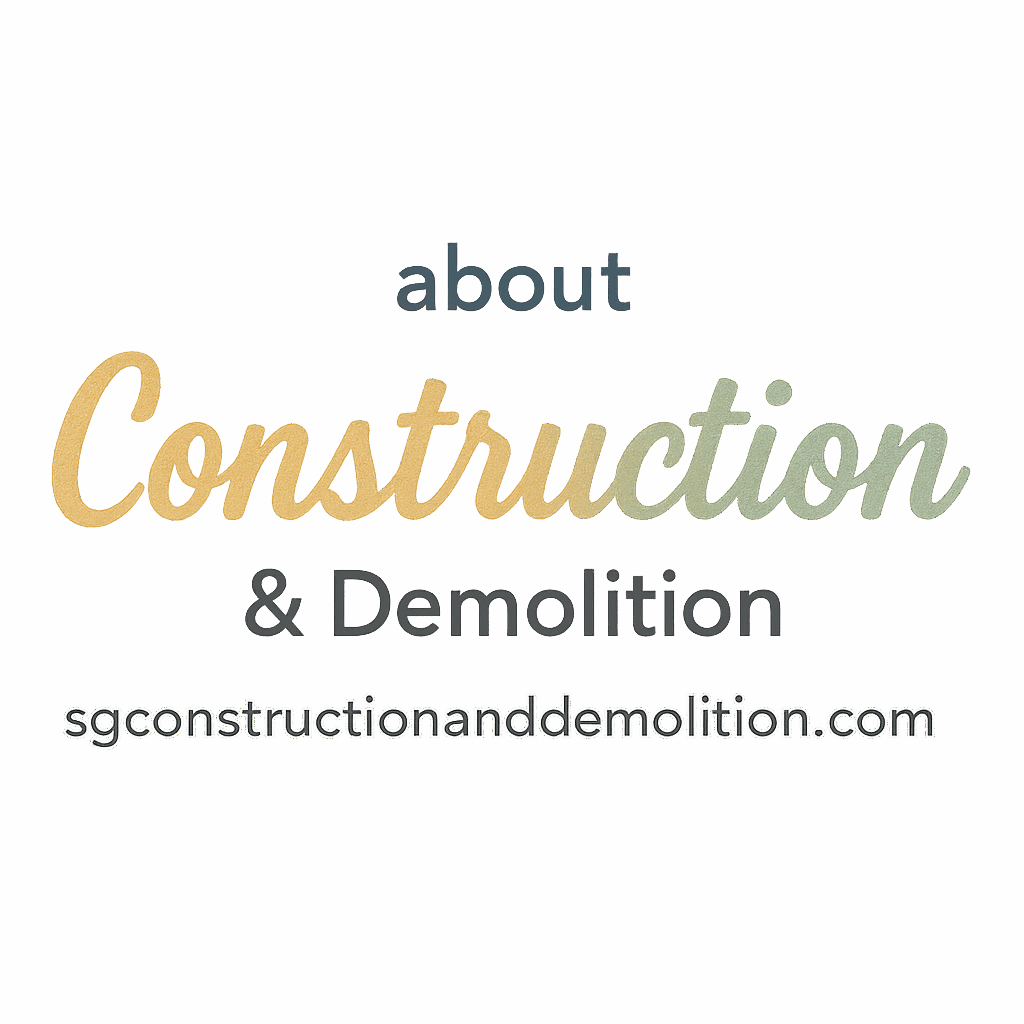Planning a construction project is like setting the stage for a blockbuster movie—if the groundwork isn’t perfect, the rest can crumble. Whether you’re building a skyscraper or a cozy backyard shed, these 10 essential steps to plan a successful construction project will guide you from idea to reality.
Let’s break it all down.
Step 1: Define the Project Scope Clearly
Why Clarity Matters
Every successful project begins with one thing: a crystal-clear vision. What are you building? A home, a commercial office, or an industrial facility? Nail down your goals, expectations, and deliverables.
Without a well-defined project scope, confusion sets in. Misunderstandings. Missed deadlines. Blown budgets. Sound familiar?
So, be precise—write out everything, from the square footage to the materials and design elements.
Bonus: Need help with the basics? Start here: Construction Basics
Step 2: Conduct a Feasibility Study
Evaluating Site, Budget & Timeline
Before spending a single dollar, ask: Can this project actually be done? That’s where a feasibility study comes in.
You’ll need to consider:
- Zoning and land use restrictions
- Environmental impact assessments
- Availability of utilities
- Budget alignment with your goals
This is your green light or red flag.
And remember, don’t just guess—consult pros who’ve walked the walk. Check out modern planning safety techniques to stay compliant.
Step 3: Assemble Your Project Team
Who Should Be Involved?
You can’t go solo on a project that involves cement, cranes, and coordination.
Bring together a killer team of:
- Architects
- Engineers
- Contractors
- Project managers
- Legal advisors
Your team should work like a well-oiled machine. And yes, team chemistry matters just as much as expertise.
Explore key roles further at our project management tag.
Step 4: Create a Detailed Project Plan
What Goes Into the Plan?
Think of your project plan as a GPS. Without it, you’re lost.
Your project plan should include:
- Timeline with milestones
- Task allocations
- Material procurement schedule
- Equipment needs
- Emergency protocols
Planning isn’t just paperwork—it’s survival. Visit our tag for steps to dive deeper.

Step 5: Secure Permits and Legal Requirements
Avoiding Legal Hurdles
If you build without the right permits, you might as well not build at all. Permits are not just red tape—they’re your shield against future headaches.
You may need:
- Building permits
- Environmental clearances
- Safety inspections
- Zoning approvals
Tip: Laws vary by location. Research thoroughly or hire someone who knows the local ropes.
Step 6: Establish a Realistic Budget
Budgeting for Contingencies
Money talks, especially in construction. So talk to your accountant before breaking ground.
Include:
- Labor costs
- Material prices
- Equipment rentals
- Permits and legal fees
- 10–15% contingency buffer
You’ll thank yourself later when something unexpected (and it will) pops up.
For budgeting guidance, visit our construction equipment section.
Step 7: Choose the Right Tools and Equipment
Efficiency Depends on the Right Gear
You wouldn’t bring a butter knife to a sword fight—same goes for construction gear.
Choose smart, reliable, and modern tools. That means:
- Power tools for precision
- Earthmovers for heavy lifting
- Scaffolding and ladders for access
- Smart tech for monitoring
Need help picking gear? Browse our tag: power tools and tag: equipment.
Step 8: Implement a Solid Project Management System
Track Everything in Real-Time
Project management isn’t a luxury—it’s essential. Use software or systems that help you:
- Track progress
- Assign tasks
- Set deadlines
- Communicate efficiently
From Gantt charts to real-time dashboards, tech is your best friend here.
Explore tools and smart-tech innovations reshaping construction.
Step 9: Prioritize Safety Planning
Preventing Accidents and Delays
Want your project to run smoothly? Put safety first.
- Conduct regular safety meetings
- Provide protective gear
- Display clear signage
- Train your team
A single accident can delay work for weeks—or worse.
Here’s a full guide on construction safety and how to plan for it smartly.
Step 10: Monitor, Evaluate, and Adjust
Stay Flexible, Stay Smart
No plan survives first contact with reality.
So, track progress closely:
- Compare actual timelines vs. planned ones
- Keep tabs on budgets
- Review worker performance
- Adjust scope if needed
Your adaptability will make or break the project’s success.
Common Mistakes to Avoid When Planning Construction Projects
- Skipping the feasibility study: Huge risk.
- Underestimating timelines: Always add extra days.
- Choosing the cheapest contractor: You’ll pay more later.
- Ignoring permits: Legal nightmare.
- No contingency budget: Expect the unexpected.
These aren’t just rookie errors—they’re project killers.
The Role of Technology in Project Planning
Smart technology isn’t just a trend; it’s the backbone of modern builds.
From drones for site inspections to AI for forecasting material usage, tech is redefining how we plan a successful construction project.
Want to see what’s possible? Dive into the green & smart construction trends shaping the future.
Sustainable and Smart Planning Trends
Today’s projects need to be efficient, sustainable, and tech-forward.
That means:
- Green materials
- Energy-efficient designs
- Minimal waste generation
- Smart HVAC and lighting systems
Looking to go green? Don’t miss our tag on innovation and trends.
Final Thoughts: Bring It All Together
Planning a successful construction project isn’t about luck—it’s about smart, detailed, and flexible preparation.
From setting your scope to choosing the right tools, every decision plays a role in turning your vision into a solid structure.
And remember, you’re not alone on this journey. Check out SG Construction and Demolition for expert advice, guides, and tools.
Let’s build something amazing—step by step.
FAQs
1. What is the first step to plan a successful construction project?
The first step is defining a clear project scope. Know what you’re building, why, and what success looks like.
2. How long does construction planning typically take?
It varies—anywhere from a few weeks for small projects to several months for large-scale builds.
3. What’s the most overlooked part of project planning?
Feasibility studies and contingency budgeting are often skipped—and it shows later!
4. Do I need permits for all construction projects?
Most likely, yes. Always check with your local authority. It’s better to be safe than fined.
5. Can I plan a construction project without a project manager?
You can, but it’s risky. A project manager keeps everything running smoothly.
6. What tools help in construction planning?
Project management software like Procore, Buildertrend, or CoConstruct are great. Don’t forget your spreadsheets and checklists too.
7. Where can I find more info on demolition and construction methods?
Explore more at our pages on construction basics, demolition techniques, and methods.


